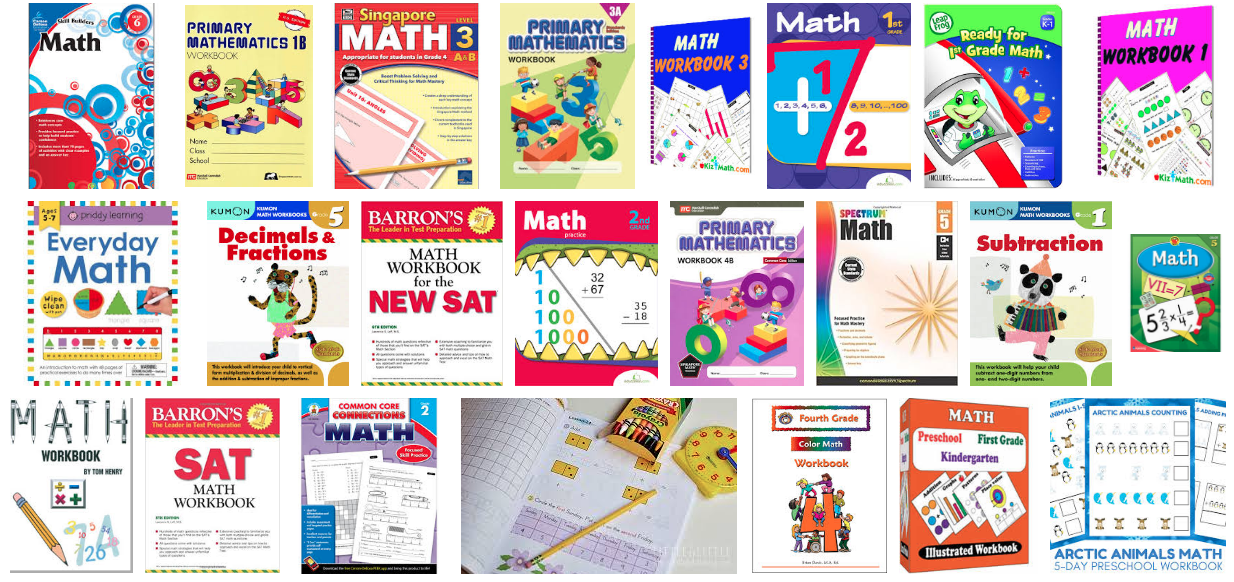A number of times over the past few years, I have been confronted by a phenomena I do not understand: children being handed workbooks and, with very little to no instruction, expected to complete the workbooks and develop an understanding of the material contained within.

For some children this works out fine. The workbooks, mostly being designed for independence anyway, are sufficient for children who have some background in the material and see the patterns developed within the workbooks. For many children however, the experience is potentially one of frustration and humiliation: they have been given a task that their teacher clearly expects them to be able to do, and they cannot.
I have seen workbooks handed out with minimal to no instruction in two very different kinds of circumstances. In one case, the teacher sees a class with a diverse needs and although all of the students had the same overall goals for the class, students clearly have different levels of preparation and interest in the course. The other case is when teachers have a multi-age classroom (which also contains students with different levels of preparation and interest) and no time to actually teach anything at all. Both of these are compounded by the preparation of the teacher leading the classroom to deal with varied needs.
I have been in the first case, leading a group of students with varied needs but with the same goal, many times during my career. The best solution I have learned is the use of instructional routines with designs for interaction to support a varied set of needs, while working together towards the same mathematical goal.
As for the second case, when teachers have a multi-age classroom, I don’t know for sure what I would do. If I found myself teaching in such a classroom, I think I would do two things; teach mini-lessons (using a variety of formats depending on the mathematical goals, but again instructional routines seem like a good fit) and assign problems from a somewhat independent workbook, and then while some students are working in the workbook, engage the other students in a mini-lesson on a different topic. I would have to organize the space so that students who were working on similar material sat together and I would need to develop classroom culture so that students knew to talk to each other after first trying the math themselves and to wait until I was available to assist. I would also look for places in the mathematical goals for the year where potential alignment between different grade levels occurs and use these opportunities to engage the entire classroom. For some students the activity might be review and for other students the activity might be somewhat new material, but both of these seem like helpful ways to use classroom time.
Imagine you are teaching a classroom with 20 students roughly evenly distributed from grade 2 through 7 (age 7 through 13). What would you do to meet the needs of these learners?
Susan Jones says:
I’d… get them on computers!!!
… which are designed so much like workbooks, I’m afraid…
September 22, 2018 — 9:40 pm
Paul W Bennett says:
Wondering how common this practice is in today’s elementary schools. Why is it still going on?
September 24, 2018 — 9:33 am
David Wees says:
I don’t know how common the practice is overall, but I know for sure it happens. I have friends whose children’s teachers basically do exactly what is described in this post.
December 2, 2018 — 10:59 pm
apm says:
David, I don’t have much to add since you’ve touched upon the approach of arranging the students for group learning.
There was an interesting research study done in the sixties at UCLA where they compared the learning habits of different students in a freshman calculus class. They found that the Asian students in the class were used to forming study groups in high school maths and as a result, their group learning approach resulted in higher grades compared to students who didn’t.
Clearly these workbooks are a cheap and poor substitute for a self-paced online learning platform where an online instructor video or animated screen provides engaging instruction and where students receive instantaneous feedback, correction and reteaching as needed after every practice problem.
In this “here’s a workbook, go learn” scenario, one variation of the group approach that I discussed on Twitter here
https://twitter.com/autismplusmath/status/1043155639697125376?s=20
is to have a group rep come up to your desk for clarification whenever the group gets lost. If the explanation is more complex than can be expected for a rep to adequately convey back to her group, or if the rep’s questions speak to a disconnect with an earlier lesson, the teacher should meet with the group—or interrupt all groups—to provide instruction at the board.
apm
Twitter handle: @autismplusmath
October 7, 2018 — 10:57 pm